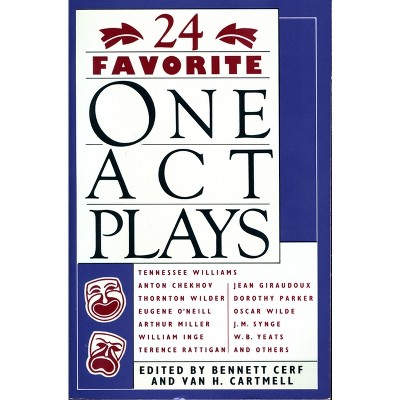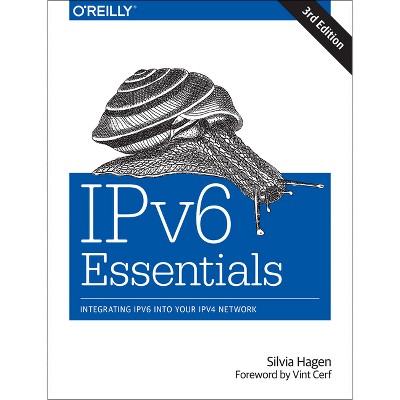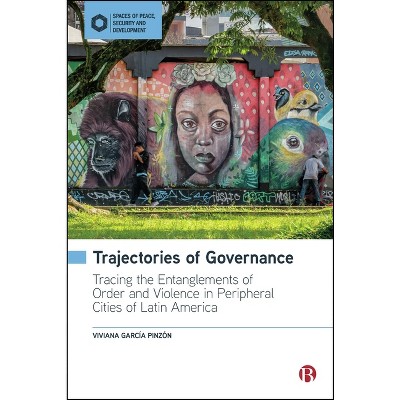About this item
Highlights
- About the Author: Max Cerf, Ph.D. is an emeritus expert in mission analysis and optimization at ArianeGroup, where he has been involved in space mission analysis and developing and deploying the company's Ariane launchers for 30 years.
- 464 Pages
- Science, Space Science
Description
About the Book
"Space trajectories are paths that spacecraft follow to reach their destinations. They're calculated using physics and celestial mechanics, considering factors like gravity, speed, and direction. These trajectories are crucial in aerospace engineering applications for efficient fuel usage, avoiding collisions with celestial bodies, or tracking satellites or space debris. Precise trajectory planning is vital for mission success, cost-effectiveness, and safety in space exploration."--From the Back Cover
An authoritative reference that covers essential concepts of orbital mechanics and explains how they relate to advanced space trajectory applications
Space Trajectories is the first book to offer a comprehensive exploration of orbital mechanics and trajectory optimization in a single volume. Beginning with a review of essential concepts, the book progresses to advanced space applications, highlighting methods used in today's space missions.
The contents are organized into three parts. The first part delves into free orbital motion, covering topics such as Keplerian motion, perturbed motion, the three-body problem, orbit determination, and collision risks in orbit. The second part focuses on controlled orbital motion, discussing impulsive transfer, orbital rendezvous, thrust level optimization, low-thrust transfer, and space debris cleaning. The third part examines ascent and reentry, including launch into orbit, launcher staging, analytical solutions in flat Earth, interplanetary missions, and atmospheric reentry.
Each chapter is written in a modular way, featuring conclusion summaries, key points, and suggestions for further investigation. Examples are included with detailed solutions methods that readers can apply to solve their own trajectory problems.
Written by an expert of the topic who has performed guidance of Ariane launchers for 30 years, Space Trajectories includes information on:
- Keplerian motion, motion time law, universal formulation, equinoctial parameters, and Lagrange coefficients
- Osculating orbit, Gauss equations, gravitational and third body perturbations, Lissajous and Halo orbits, and invariant manifolds
- Astrometry measurements, Kalman filtering, orbit uncertainties, and collision probability
- Transfer in one, two, or three impulses, minimum-energy transfer, Lambert's problem, high- and low-thrust transfer, and interplanetary path
- Launch and reentry trajectories, propulsion systems, optimized thrust profiles, and launcher staging
Space Trajectories is an essential reference for students and researchers aiming to quickly understand the main issues in astrodynamics and the way to design trajectories, as well as space engineers seeking to consolidate their knowledge in the field of optimization and optimal control applied to aerospace and space missions.
About the Author
Max Cerf, Ph.D. is an emeritus expert in mission analysis and optimization at ArianeGroup, where he has been involved in space mission analysis and developing and deploying the company's Ariane launchers for 30 years. He is also serving as an Associate Professor at Sorbonne-Université, where his research focuses on control, optimization, and applied mathematics.












